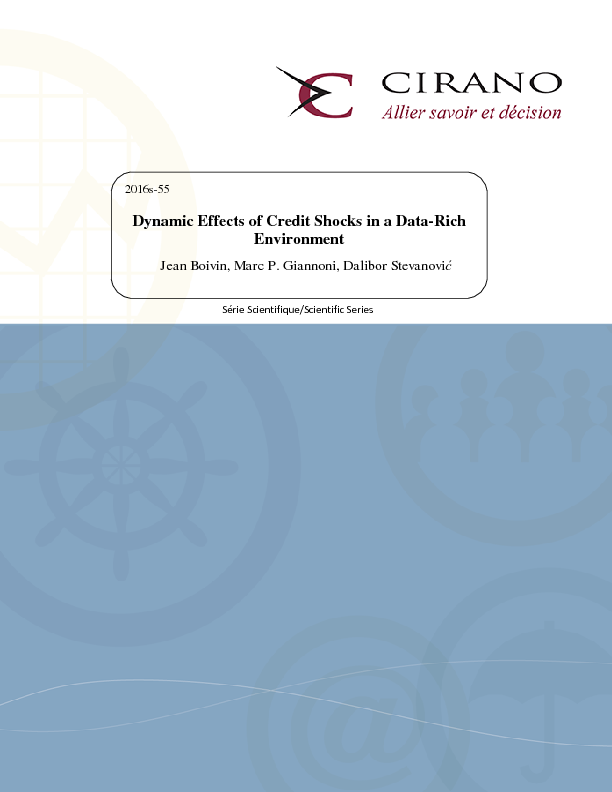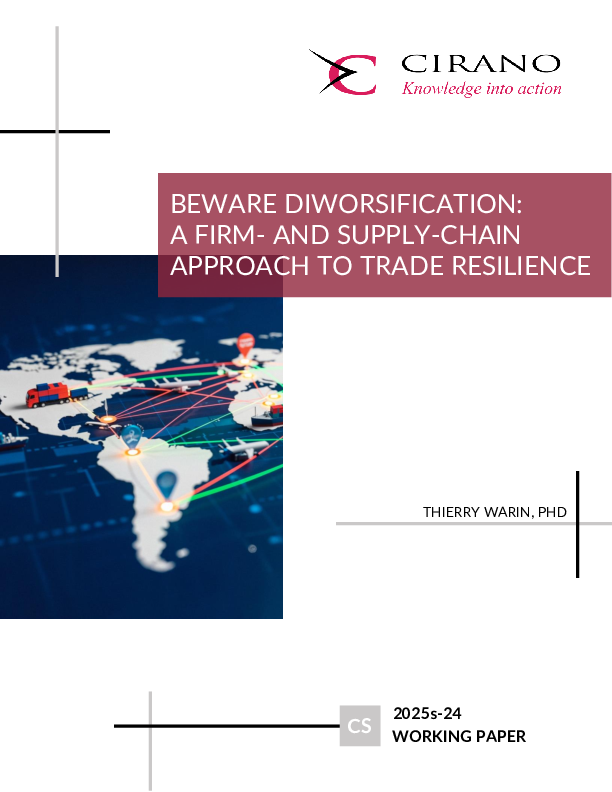Dynamic Effects of Credit Shocks in a Data-Rich Environment
We
examine the dynamic effects of credit shocks using a large data set of U.S. economic
and financial indicators in a structural factor model. An identified credit shock
reflecting an unexpected deterioration in credit market conditions results in
an immediate increase in credit spreads, a decrease in yields of Treasury
securities, and causes large and persistent downturns in the activity of many
economic sectors. Such shocks are found to have important effects on real
activity measures, labor market indicators, aggregate prices, and leading
indicators. Our identification procedure which imposes restrictions on the
impact response of a small number of economic indicators yields interpretable
estimated factors.
[ - ]




